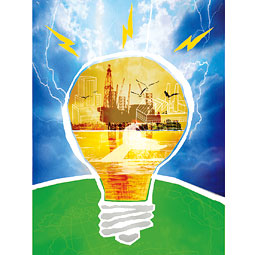What lies beneath – Pullman and its water
Financial hardship, fires, and spring floods: In 1890 the community of Pullman was in desperate need of some good news. A hungry blaze had leveled the city’s newly rebuilt commercial district only three years after it first burned to the ground in 1887.
Then on May 24, 1890 word got out that a “gusher” had been struck. Fifty gallons of water per minute rushed up to the surface where contractors had been drilling a well for the Palace Hotel. They had accidentally discovered an artesian source, a well under pressure that once tapped was forcing water up. It was the turning point for an early … » More …


